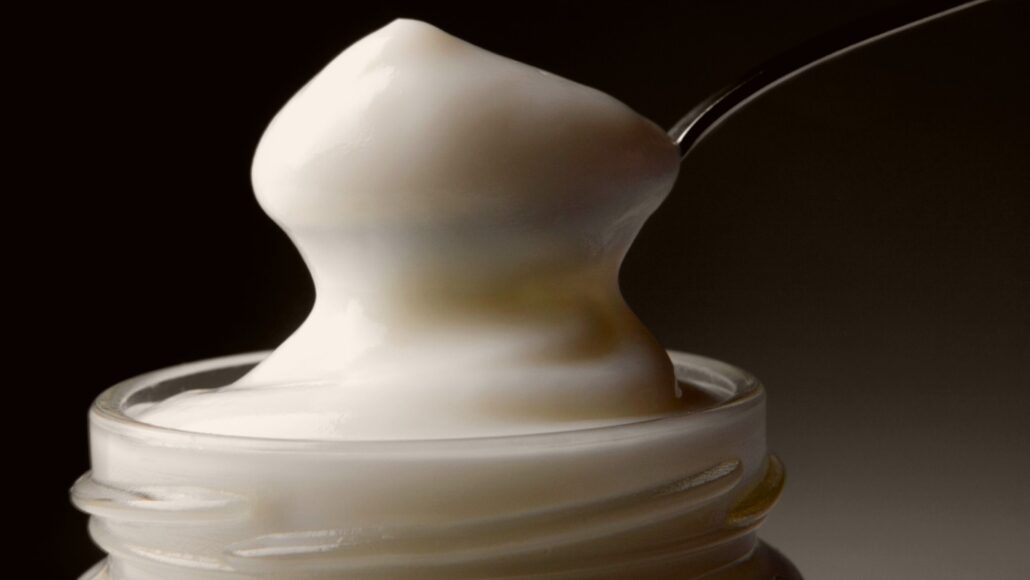Questions for ‘Weirdly, mayo can help study conditions ripe for nuclear fusion’

Yes, mayonnaise, the same stuff you might put on a sandwich. Dollops of the condiment could help scientists better design nuclear fusion experiments.
Glowimages/Getty Images